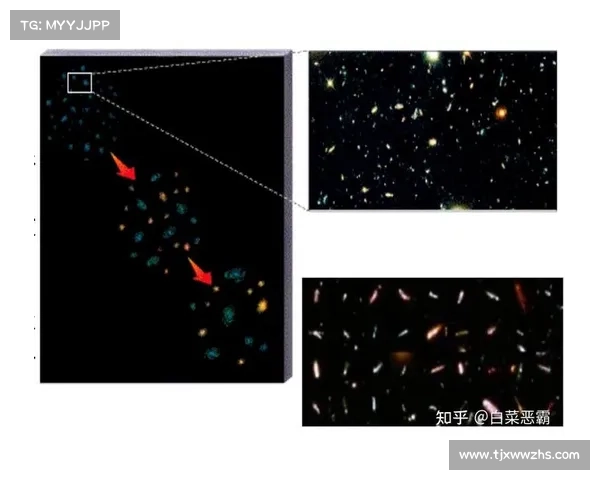Certainly! Here's a structured approach to the article on the comprehensive research methods exploring the evolution and formation mechanisms of galaxies across multiple dimensions:
**Abstract:**
In this comprehensive study, we delve into the intricate mechanisms governing the evolution and formation of galaxies through a multidimensional approach. By integrating observations from various wavelengths, theoretical models, computational simulations, and innovative analytical techniques, we uncover the dynamic processes shaping galaxies from their primordial origins to their present-day structures. This exploration not only enhances our understanding of galactic evolution but also provides insights into the broader cosmological context, revealing the profound interplay between dark matter, stellar populations, and environmental influences.
**1、Observational Techniques**
1、Observational Techniques
Galactic research begins with meticulous observations spanning the electromagnetic spectrum. Optical telescopes capture visible light, revealing stellar distributions and structural details.
Infrared observations penetrate dust clouds, unveiling star formation regions obscured in visible wavelengths. These data inform us of galaxy dynamics and chemical compositions.
Radio telescopes detect synchrotron emissions, tracing magnetic fields and exploring galactic outskirts where star formation processes differ.
2、Theoretical Models
Theoretical models synthesize observational data into cohesive narratives of galactic evolution. Hierarchical clustering models elucidate galaxy formation through mergers, simulating interactions between dark matter halos and baryonic matter.
Hydrodynamic simulations incorporate gas dynamics, modeling star formation feedback and galactic winds that regulate stellar populations.
Chemical evolution models track element enrichment over cosmic epochs, providing insights into stellar nucleosynthesis and galactic metallicity gradients.
3、Computational Simulations
High-performance simulations integrate theoretical frameworks with computational prowess, simulating millions of particles to model gravitational interactions.

N-body simulations trace dark matter distributions, elucidating halo structures and gravitational lensing effects that validate observational data.
Hydrodynamical simulations predict gas flows and star formation rates, exploring galactic environments and their evolution under varying cosmological parameters.
4、Analytical Techniques
Advanced analytical techniques, such as machine learning algorithms, extract patterns from massive datasets, distinguishing between galactic morphologies and evolutionary stages.
Spectral analysis techniques decode light spectra, unveiling galactic ages and chemical compositions crucial for tracing evolutionary pathways.
Statistical methods quantify uncertainties, validating theoretical predictions against observational constraints, refining galactic formation models.
总结:
In conclusion, the multidimensional approach to studying galaxy evolution and formation mechanisms integrates observational, theoretical, computational, and analytical methodologies. This holistic perspective not only enriches our understanding of cosmic phenomena but also fosters new avenues for exploring the universe's complex tapestry.
j9真人游戏第一品牌This comprehensive framework underscores the synergistic relationship between diverse research methodologies, paving the way for deeper insights into the origins and evolution of galaxies.




